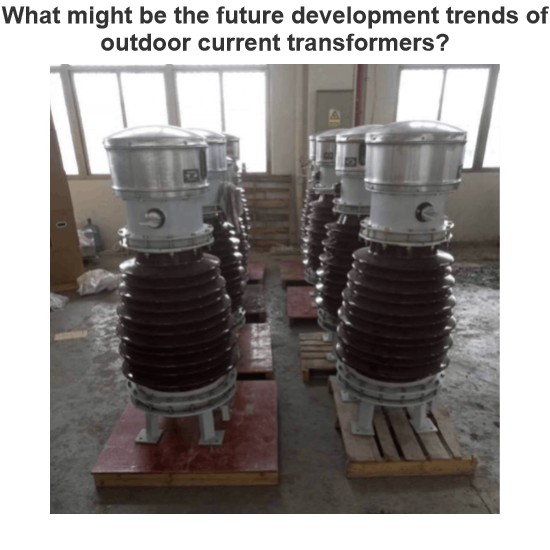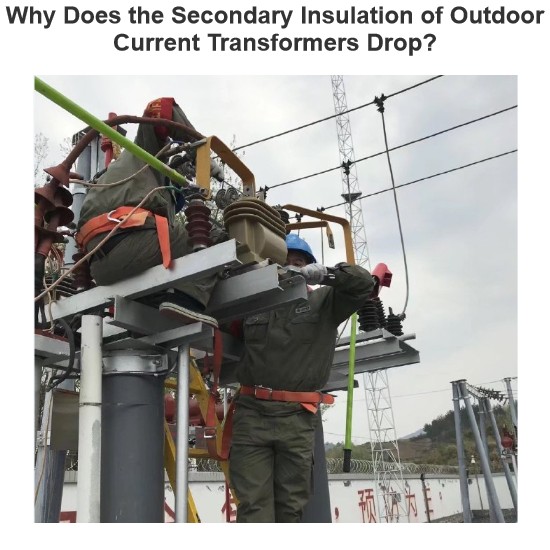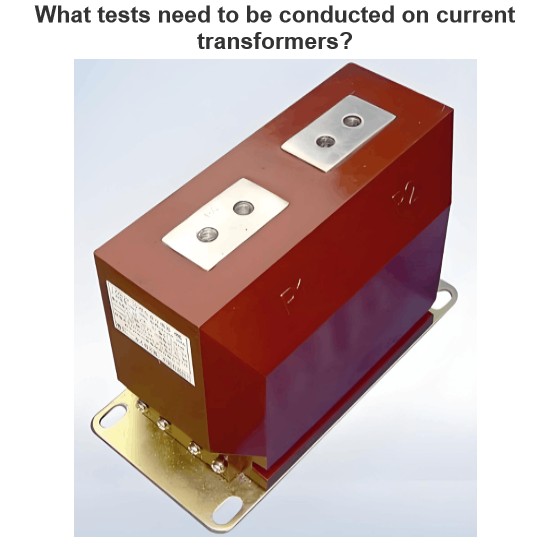Development of an Outdoor Integrated Low - Voltage Current Transformer
Dyson
07/05/2025
Topics
Focused on the design of electrical equipment, proficient in electrical principles and relevant specifications, and skilled in using design software. From intelligent substations to various types of electrical equipment, I am adept at optimizing design solutions, integrating new technologies. With practical experience and collaborative management capabilities, I deliver outstanding electrical design achievements.

What might be the future development trends of outdoor current transformers?
I'm Echo, a 12-Year Veteran in the CT Industry, Talking About What's Coming NextHi everyone, I'm Echo, and I've been working in the current transformer (CT) industry for 12 years.From learning wiring and equipment debugging with my mentor to now leading a team tackling complex on-site issues, I've witnessed many technological advancements and industry changes. Especially with outdoor current transformers, there have been significant developments, but also much room for improvement.A few days ago
Echo
07/05/2025

Ratio Trial Verification Method for Current Transformers
Fellow electric power calibration workers, you must have encountered this situation: The nameplate of an outdoor current transformer has been tormented by wind, sun, rain, and freezing, to the point where the transformation ratio is indistinguishable! Don't panic, we have a solution - use a current transformer calibrator and through the “transformation ratio trial calibration method”, we can figure out the actual transformation ratio and errors clearly. Here, taking the SHGQ - DC typ
Oliver Watts
07/05/2025

Why Does the Secondary Insulation of Outdoor Current Transformers Drop?
I'm Felix, a 15-Year Veteran in the CT Industry, Sharing What You Need to Watch Out ForHi everyone, I'm Felix, and I've been working with current transformers (CTs) for over 15 years. Today, let’s talk about why the secondary insulation of outdoor CTs sometimes drops, and what you can do to prevent it.Common Causes:1. Moisture Ingress — Poor Sealing is the Biggest Problem!Outdoor CTs are constantly exposed to wind and rain. If the sealing isn't tight enough, moisture can get inside a
Felix Spark
07/05/2025

What tests need to be conducted on current transformers?
By Oliver, 8 Years in the Electrical IndustryHi everyone, I'm Oliver, and I've been working in the electrical industry for 8 years.From early days doing substation equipment commissioning to now managing protection and metering configurations for entire distribution systems, one of the most frequently used devices in my work has been the Current Transformer (CT).Recently, a friend who's just starting out asked me:“How do you test current transformers? Is there a simple and effective way to
Oliver Watts
07/04/2025









